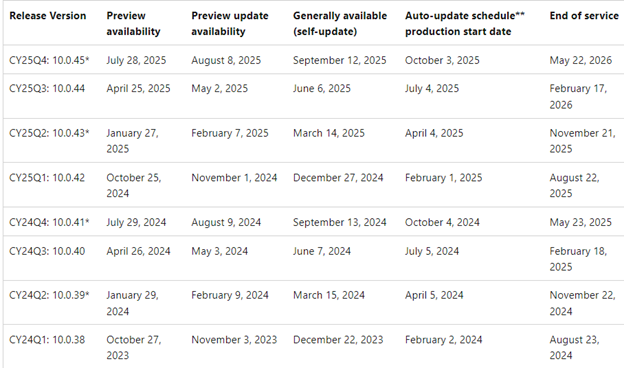Microsoft Dynamics 365 for Finance and Supply Chain (FSCM) is Microsoft’s flagship and most capable ERP solution. With advanced functionality, superior architecture and single source application, D365 FO is the natural choice for larger enterprises who often demand multi-site, multi-country, multi-lingual capabilities.
We have had a rich history of success with large international organisations implementing its predecessor Microsoft Dynamics AX, and D365 FSCM takes the power of AX to a different level!
It provides accessibility – anywhere, anytime via a browser-based user experience that enables users to access the system from any location and on any device.
Functionality includes: Finance (GL, AR, AP, Cash and Bank, FA, Budgets, Costing,) Sales, Purchasing, Planning, Advanced Warehouse Management, Discrete, Process and Lean Manufacturing, Master planning ATP and CATP, Retail, Project Management and Accounting, Asset Management, and Public Sector. modules. This is supported by numerous reports and dashboards and an in built Financial Reporter tool, and in built tools for case management, and workflow management.
As a Microsoft solution there is already integration with Azure technologies such as Microsoft Fabric, Microsoft 365 office productivity tools, Power apps and Power Bi, SharePoint and much more, all wrapped around with Microsoft security and platform management .
In addition, there are also numerous Apps available which extend the standard functionality and provide additional ISV and vertical solutions for example Synergy offers its own:
- GCC localised HR and Payroll further enhanced with BI Dashboards, and automated PRO and employee self service processes.
- A comprehensive Real Estate solution.
If you are looking for an enterprise multi county ERP system, or seeking to move upwards and onwards from Dynamics Ax, Dynamics GP or NAV, or other ERP systems the you will appreciate all that FSCM has to offer. However, you might just be a little nervous of how go forward with a multi company system, how long will take, how much will it cost and million other questions.
Synergy Software Systems is the oldest partner in the region and was the first Gold Partner for Dynamics Ax. We have a large mature team of consultants, professionally certified by Microsoft, who have helped guide other enterprises faced with the same challenges. Consultants are based here in Dubai, and we have a manned helpdesk through our working hours – one reason we received the Highest Customer Satisfaction Award from Microsoft.
Put your worries behind you and seize the future and call us on 0097143365589 for impartial, informed advice.

